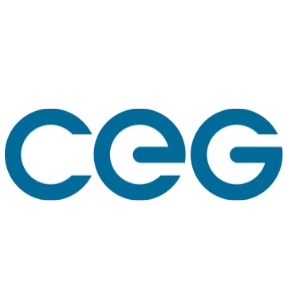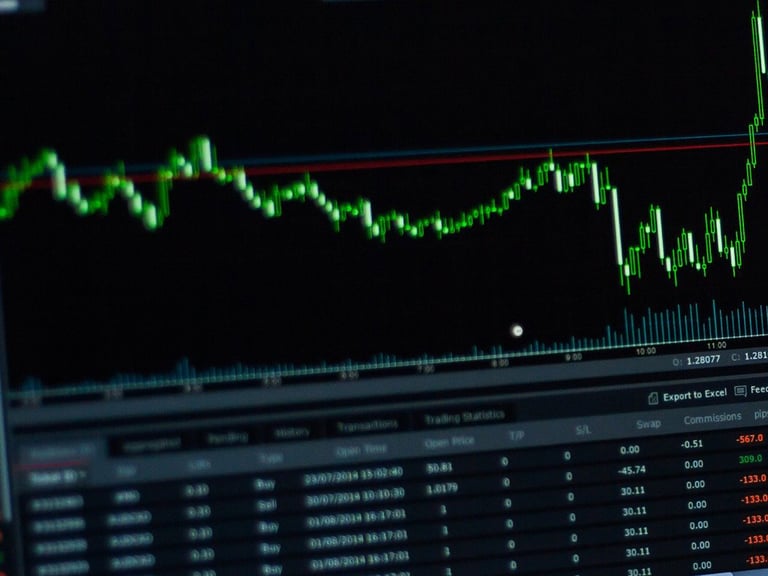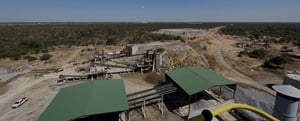Investor attention is turning back to the oil markets as shifting trade policies and signs of robust Chinese crude imports provide a cautious lift. However, lingering concerns about long-term demand and supply imbalances continue to shape a complex investment landscape.
Oil prices edged up modestly to start the week, supported by the latest U.S. tariff exemptions and a sharp increase in China’s crude oil imports during March. Brent crude futures inched higher to $64.84 per barrel, while U.S. West Texas Intermediate (WTI) followed suit, trading at $61.60. These gains, though, came against the backdrop of broader market uncertainty as investors weigh the unpredictable trajectory of U.S.–China trade relations and their impact on global growth.
Recent developments from Washington offered a brief reprieve. The U.S. administration granted exclusions from tariffs on a range of Chinese imports, including smartphones and computer hardware. While this move helped lift sentiment across risk assets, investors remain wary of the underlying policy volatility. The pattern of imposing tariffs only to retract them has generated an atmosphere of uncertainty that continues to cloud market visibility and constrain investor conviction.
Energy market analysts, including Onyx Capital Group’s Harry Tchilinguirian, emphasise that while short-term sentiment may be improving, the outlook is still fragile. The sporadic and reactive nature of U.S. trade policy decisions has been a persistent drag on broader market confidence. Adding to the tension, President Trump is expected to announce new tariff rates on semiconductor imports in the coming days, which could once again shift the tone in markets.
On a more optimistic note, data released by Chinese authorities revealed a strong recovery in crude oil imports last month. Imports surged nearly 5% year-on-year in March, supported by increased flows from Iran and a resurgence in Russian deliveries. This rebound in demand from the world’s largest crude importer is an encouraging signal for energy investors, especially amid fears of slowing consumption.
However, despite the recent uptick in prices, both Brent and WTI have shed approximately $10 per barrel since the beginning of April. Analysts have begun trimming their forecasts in response to subdued demand expectations. Goldman Sachs now projects Brent will average $63 and WTI $59 for the remainder of 2025, slipping further to $58 and $55 respectively in 2026. The muted demand outlook is particularly acute in the petrochemical sector, where feedstock usage is expected to face the sharpest declines.
In a sign of shifting market sentiment, the Brent futures curve has flipped into contango, with December 2025 contracts trading below those for December 2026. This pricing structure typically signals an oversupplied market and diminished near-term demand. BMI, part of Fitch Solutions, attributes this shift to investor pricing that now reflects both oversupply risks and demand softness heading into next year.
Meanwhile, structural adjustments in the industry are already underway. The U.S. rig count, a proxy for future oil production, has declined for three consecutive weeks. This pullback reflects a cautious stance among producers amid concerns about weaker profitability and lower forward pricing.
Geopolitics also remains a factor in price dynamics. The U.S. has hinted it may move to halt Iranian oil exports entirely as part of renewed pressure on Tehran over its nuclear ambitions. Yet diplomatic channels remain open, with U.S. and Iranian officials holding what were described as “constructive” talks in Oman over the weekend. Positive progress in these negotiations could help reduce sanction-related supply risks in the near term, offering a modicum of stability.
ING analysts noted that continued dialogue could lessen the geopolitical pressure currently priced into the oil market, potentially stabilising investor sentiment if talks remain productive.
This evolving oil market reflects a delicate balance of forces—tariff reprieves and Chinese import strength are lending short-term support, but broader macroeconomic and policy uncertainties temper long-term confidence. Investors remain watchful, knowing the next price swing may hinge as much on geopolitical diplomacy as on supply and demand fundamentals.
Challenger Energy Group Plc (LON:CGE) is an Atlantic-margin focused energy company, with production, development, appraisal, and exploration assets in the region. Challenger Energy’s primary assets are located in Uruguay, where the Company holds two high impact offshore exploration licences, totalling 19,000km2 (gross) and is partnered with Chevron on the AREA-OFF 1 block. Challenger Energy is quoted on the AIM market of the London Stock Exchange.









































